 |
|
Lucy (Atlas V) 16 October 2021 |
Space Launch Complex 41 Cape Canaveral Space Force Station |
| A United Launch Alliance Atlas V rocket launched NASA's Lucy spacecraft from Space Launch Complex 41 at Cape Canaveral Space Force Station at 5:34 a.m. on 16 October 2021. | |
LAUNCH TIME EXPOSURE |
|
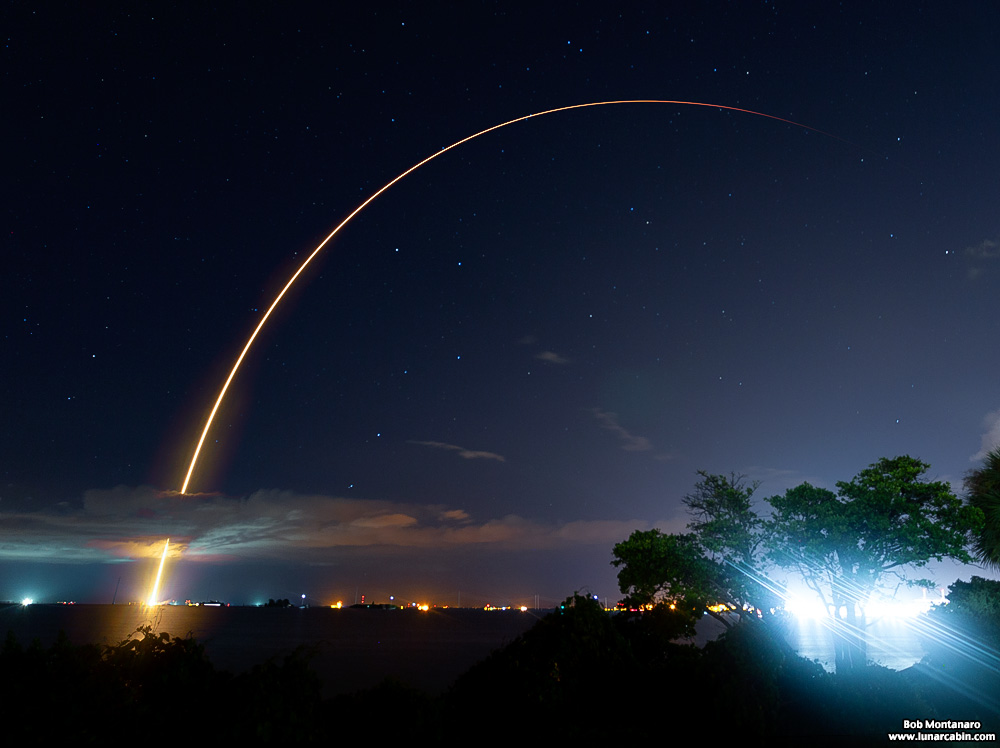 |
|
The Atlas V rocket seemingly arcs over the Big Dipper as it streaks into space with the Lucy spacecraft as seen in this time exposure. |
|
TELEPHOTO LAUNCH IMAGES |
|
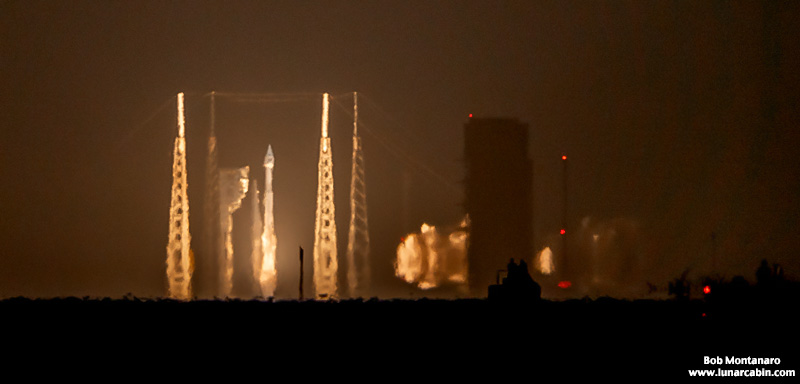 |
|
 |
|
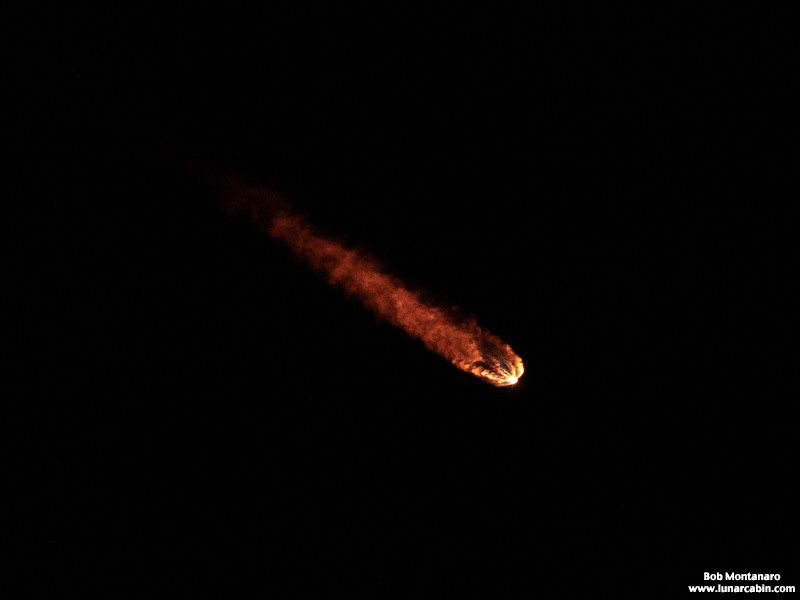 |
|
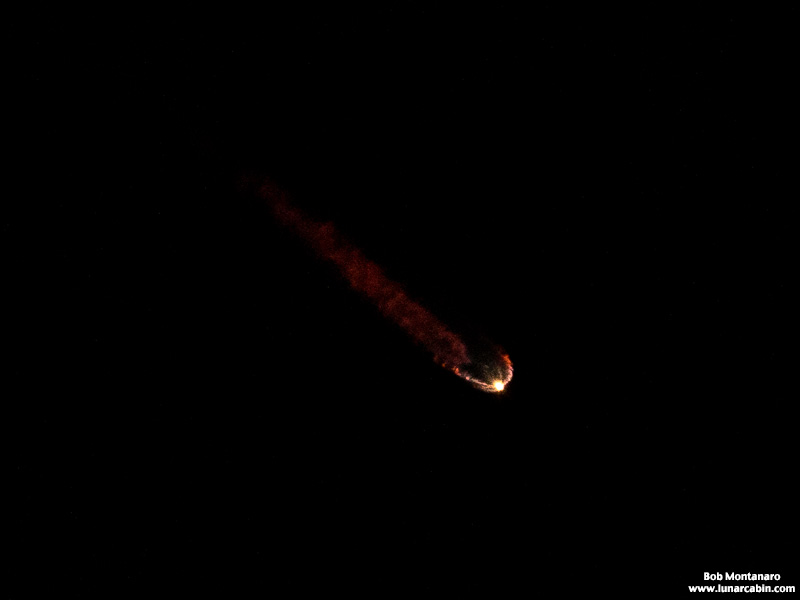 |
|
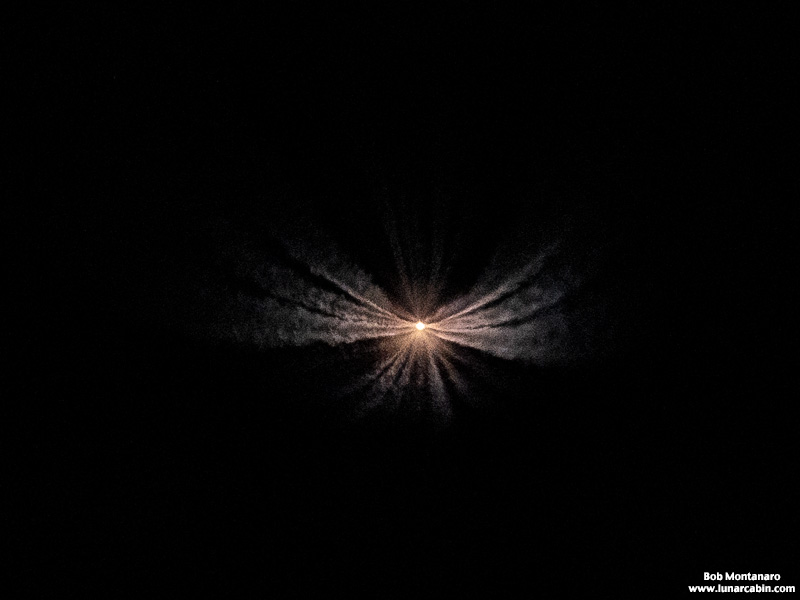 |
|
FROM THE NASA LUCY PRESS RELEASE |
|
| NASA’s Lucy mission is the first space mission to explore a diverse population of small bodies known as the Jupiter Trojan asteroids. These small bodies are remnants of our early solar system, now trapped on stable orbits associated with – but not close to – the giant planet Jupiter. The Trojan asteroids are in two “swarms” that lead and follow Jupiter in its orbit around the Sun, and are almost as numerous as the objects in the Main Asteroid Belt. Over its twelve-year primary mission, Lucy will explore a record-breaking number of asteroids, flying by one main belt asteroid and seven Trojan asteroids. The Lucy mission is named after the fossilized skeleton of an early hominin (pre-human ancestor) that was found in Ethiopia in 1974 and named “Lucy” by the team of paleontologists who discovered it. And just as the Lucy fossil provided unique insights into humanity’s evolution, the Lucy mission promises to revolutionize our knowledge of planetary origins and the formation of the Solar System. |
|
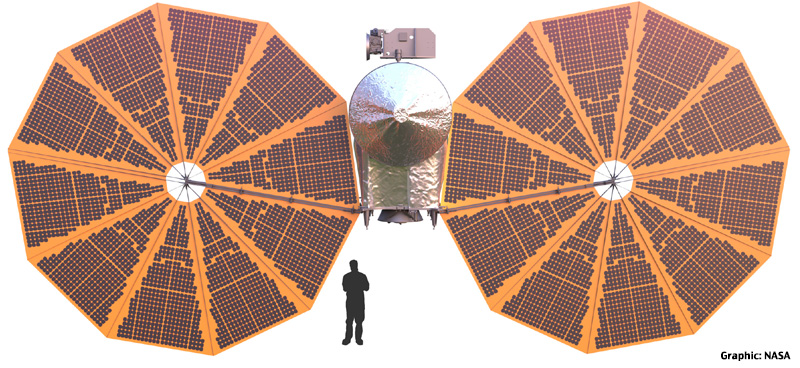 |
|
| Lucy will be operating out to approximately 530 million miles (850 million km) away from the Sun during its encounters with the Trojan asteroids. This is why it needs its two massive solar arrays (diameter 24 ft. or 7.3 m each) to power its systems during its journey . With the arrays unfurled, Lucy, standing on one wingtip, would be as tall as a five-story building . It will break records traveling farther from the Sun than any previous solar-powered mission. | |
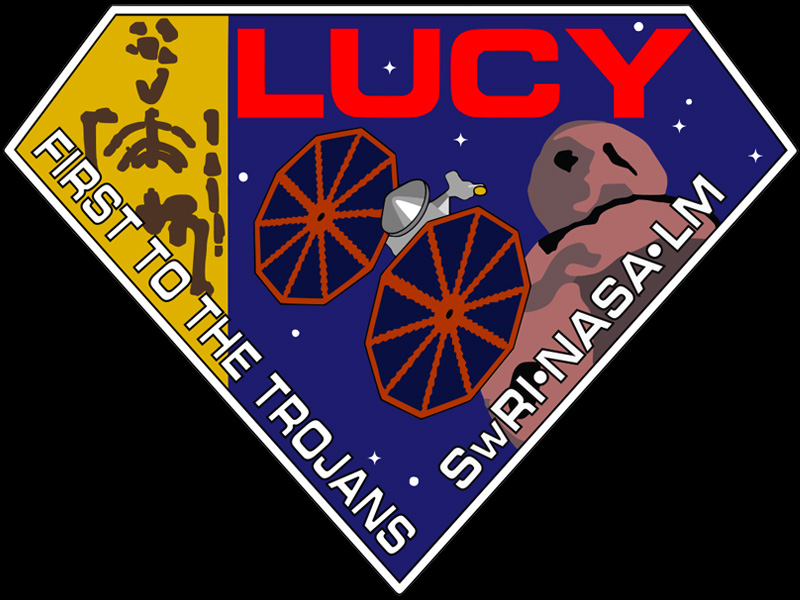 |
|
All contents copyright Lunar Cabin |
|